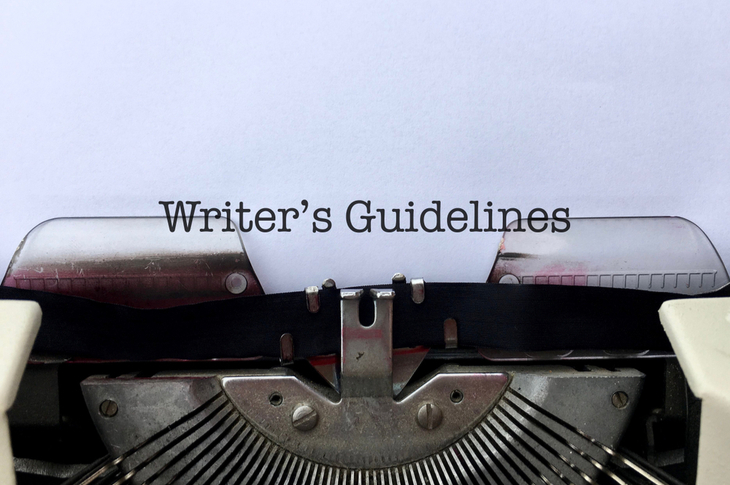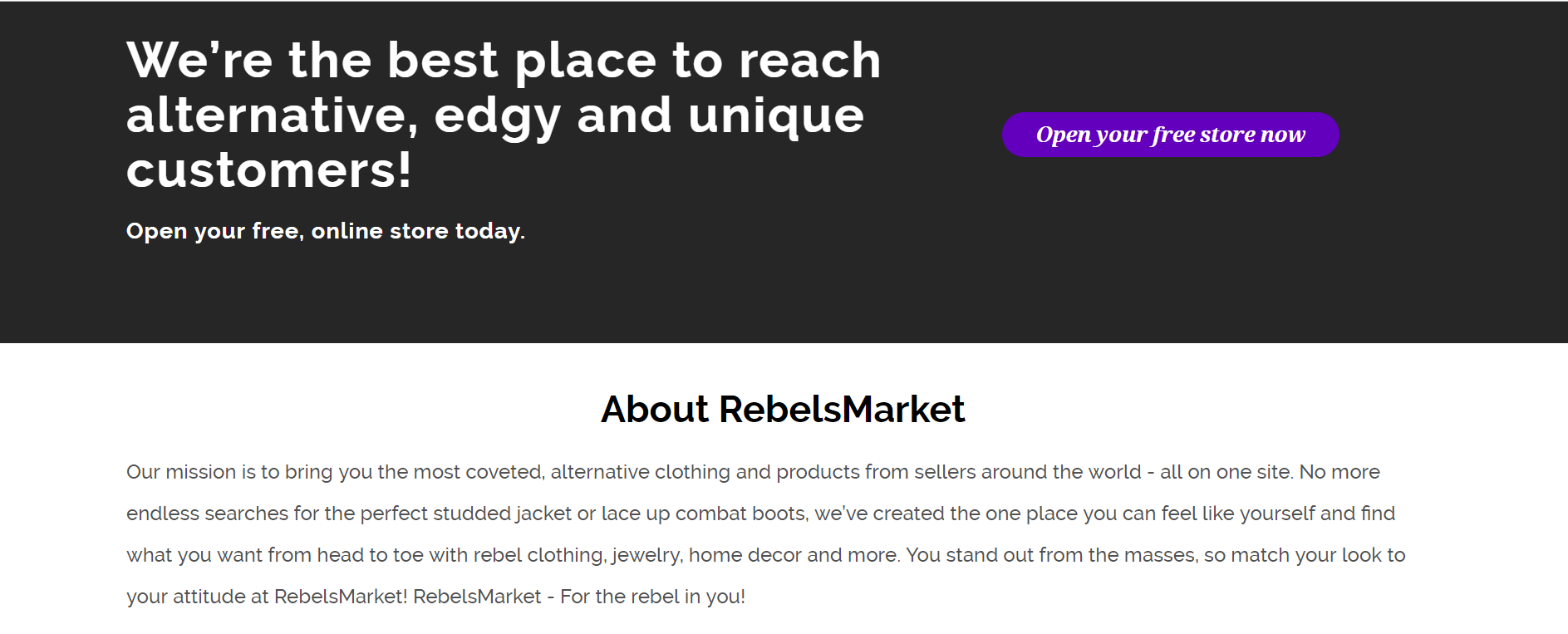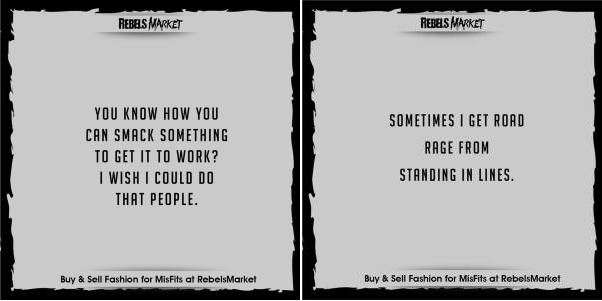Creating distinctive prose: The importance of a style sheet for content writers

As brands begin to get identified by their brand voice, they see a simultaneous increase in customer loyalty and following. Research shows that brands that ensure consistent communication see their revenue expand by 23% on an average. As a content writer, your job is to align your writing with a brand’s preferred voice – and a style sheet is what helps you do this.
A content style sheet is a set of guidelines that ensures the editorial team follows a uniform writing style, tone, and set of structural practices. Anyone associated with the brand’s content –including freelance writers and guest contributors – are required to adhere to it.
So, if you submit a copy that strays from this codified style, the ‘desk’ (subeditors/copy editors) will rewrite it in accordance with the preferred practices. You may even be asked to rework certain portions to fit the employer’s requirements.
Given the pressure of other work demands, this can often prove frustrating.
But there’s a reason why a style sheet practically serves as commandments for a brand or a company creating content. Here’s how sticking to a style sheet can prove beneficial for both you and the brand you’re writing for:
1. Style sheet ensures consistency
Content consistency is especially critical as most brands engage with one or more advertising agencies, which then employ dozens of writers and freelancers on the roll.
Standardisation also brings clarity to the ‘grey areas’ of writing. For example: do writers address readers in the second or third person? When a brand’s communication is uniform in voice and tone, there is consistency for the consumer.
Additionally, your life becomes easier as a writer. You do not have to fret over tricky usages – is it ‘e-book’, ‘Ebook’, or ‘eBook’? The style sheet will specify which version to follow.
2. It establishes brand presence
With the age of personalisation, it is an absolute must that the consumer views a brand as a composite whole. And a style sheet establishes the belief system and work principles that shape a brand’s online presence.
For a brand, a distinct presence also means standing out from the competition.
Consider RebelsMarket. This online marketplace for counterculture clothing options has come to establish itself as everything deviant.

Maintaining a brand voice for RebelsMarket is especially important, given that it functions with multiple store owners. However, the company has managed to standardise its online presence.

(Source)
As a content writer, your task to ensure a brand authenticity as distinct as this becomes easier with a style sheet.
3. Style sheet functions as a brand manual
Having a standardised style sheet serves another critical purpose: it doubles as a brand manual. Elements that are generally covered in the style guide include a brand’s marketing strategy, guidance on how to differentiate and position the brand, and the organisation’s mission statement and ‘brand voice’ – that is, its tone and manner.
4. It sheet boosts productivity
Since the creation of a style sheet requires the SEO team to identify keywords that could enable your content to perform well in organic searches, it helps cut down on aimless hits-and-misses in what you write. And faster-produced quality content can promise a brand more eyeballs, increased return visits, and organic growth in traffic.
Parting words
Writing, according to angel investor and content marketing expert Neil Patel, “is subject to a set of rules” just like many other professional practices. “It’s always best to follow the guide that you’re required to follow by your manager,” he advises in an article headlined Which Style Guide Should You Follow?
